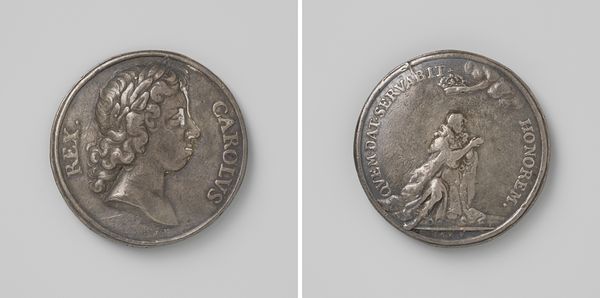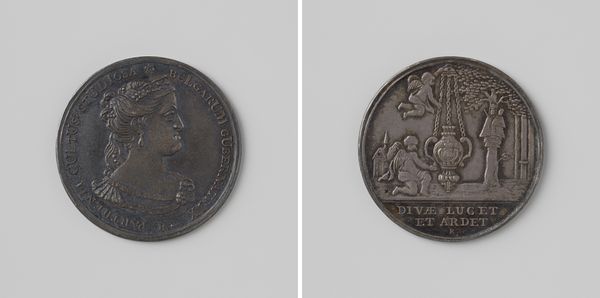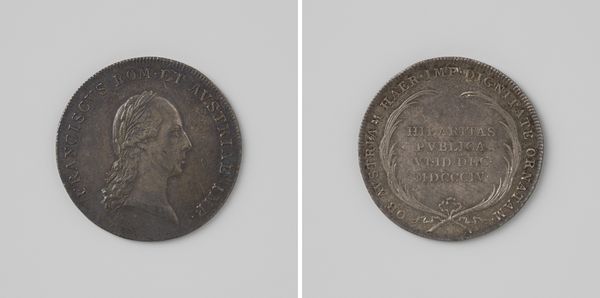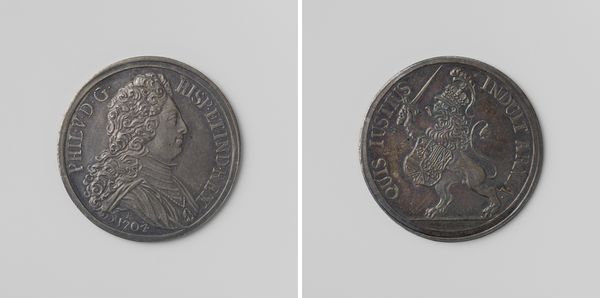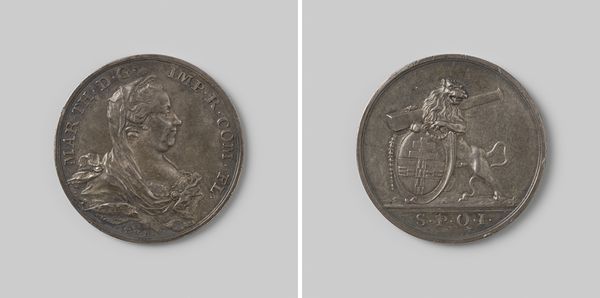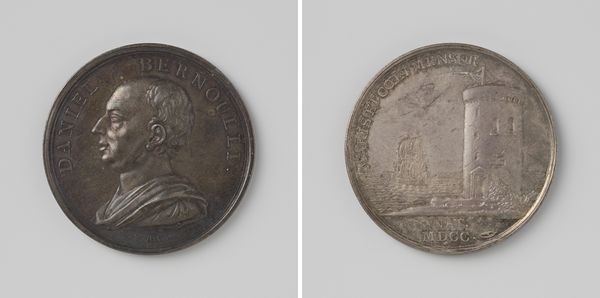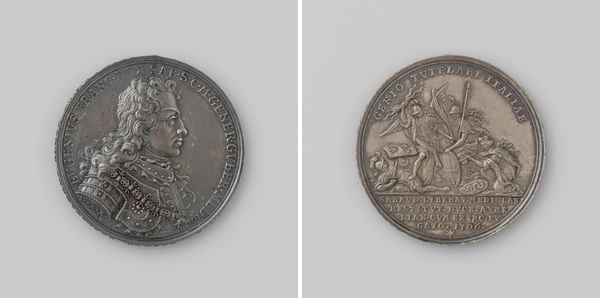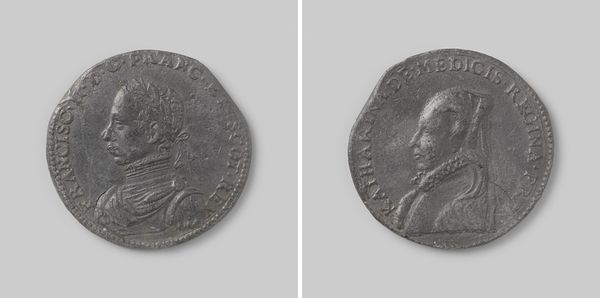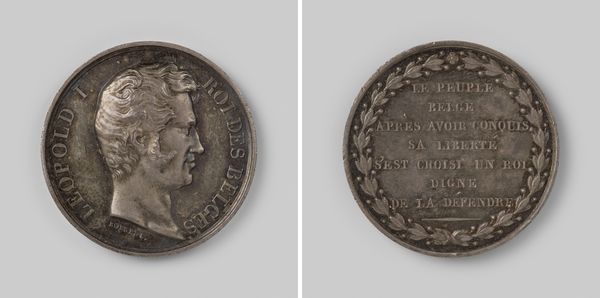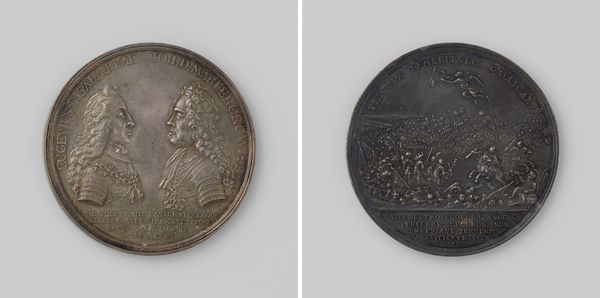
metal, sculpture
#
portrait
#
dutch-golden-age
#
metal
#
sculpture
#
sculpture
#
history-painting
Dimensions: diameter 5 cm, weight 42.21 gr
Copyright: Rijks Museum: Open Domain
Curator: Up next, we have a medal titled "Slag op het Slaak," dating back to 1631, by Aert Verbeeck. It appears to be crafted from metal, probably silver. What’s your take on this? Editor: Well, instantly I get a feeling of, like, immense history. It's cool to hold history in your hand like this. Does anyone else feel like they are holding the world? I mean the ships are pretty clear. It makes me feel small in the face of time... in a good way, of course! Curator: Indeed! These kinds of medals functioned as portable history, often commissioned to commemorate significant events or achievements. "Slag op het Slaak" refers to the Battle of Slaak, a key naval victory for the Dutch against the Spanish. This battle was super important for the young Dutch republic back then, symbolizing resistance against Spanish rule. Editor: You know, that makes sense, knowing it was something you could hold makes it feel more like a keepsake. Like something my Grandma might hold. Almost lucky or symbolic of more battles to come? It’s funny to think that metal would be so useful. I’m interested how Aert depicted history so delicately in something hard as medal. Curator: He does capture it masterfully! Notice how he presents both a detailed portrait of a figure, probably a commander, on one side and a dramatic depiction of the naval battle on the other? The inscription adds a layer of official commemoration too, tying the individual to the collective struggle. Editor: Right? It makes you consider how "official" art is today. In an art institution everything we show could be "official" because, well, it is hanging in this very big fancy art gallery... which is interesting. Any thoughts for the museum goers? Curator: I would encourage everyone to consider how objects like these circulated in society, and shaped perceptions of history. Medals, prints, even everyday objects, are incredibly important sources for understanding cultural attitudes of the period, aren’t they? Editor: Absolutely. This little thing contains not only art and history, but like a reflection of cultural aspirations. It tells us what the Dutch thought of themselves! Curator: Precisely! Thanks for these really incredible observations. Editor: Anytime! History makes life much cooler.
Comments
No comments
Be the first to comment and join the conversation on the ultimate creative platform.

